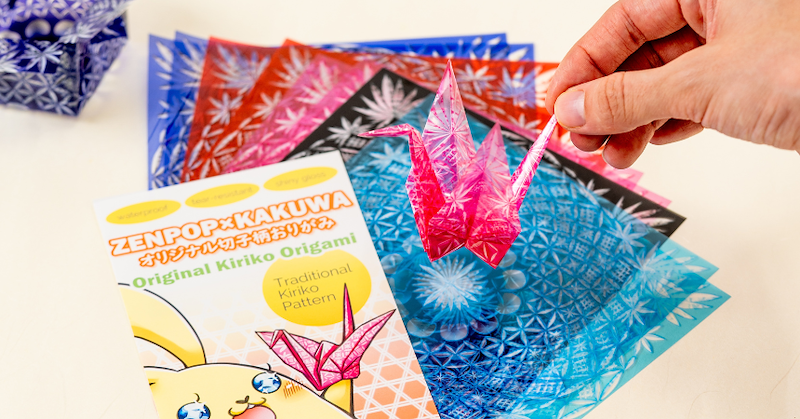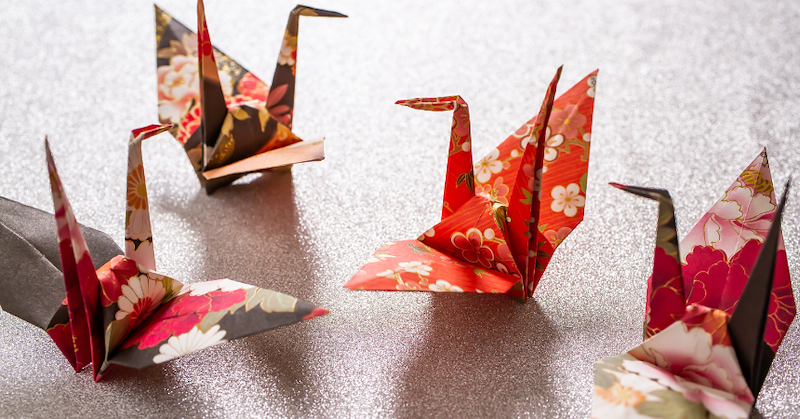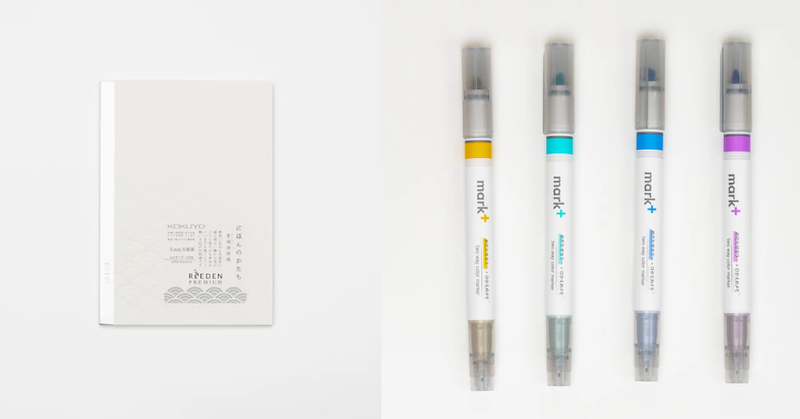Blog
Top Tags
tips & guides
|
Japanese culture
|
reviews & rankings
|
writing tools
|
planners & journaling
|
art & craft
|
creative ideas
|
notebooks & paper
|
stickers & tapes
|
brands & makers
|
Featured Article
Learn the basics of Japanese origami with easy folds, helpful tips, and a Kiriko paper origami tutorial. Perfect for beginners and paper lovers.
Ever wanted to get started with Japanese Paper folding? Here's how to make a beautiful Japanese Paper Crane Origami, and why it's such an important symbol.
Explore Kokuyo’s best stationery—from Campus paper to DotLiner, Harinacs, and iconic Japanese tools. A complete guide to Japan’s minimalist stationery brand.
Discover the history of Japanese origami, learn basic folding techniques, and explore the meaning of the paper crane with a simple beginner-friendly guide.
Discover ZenPop’s one-time gift plans (3, 6, 12 months). No auto-renewal, no subscription—just a thoughtful Japanese stationery gift for any season.
Discover the best Japanese fountain pens—from beginner-friendly picks to premium classics. Smooth nibs, timeless design, and tools that inspire daily writing.
Explore the most expensive Japanese fountain pens—from rare Namiki maki-e masterpieces to ultra-limited Sailor and Nakaya creations. A true luxury pen guide.
Explore the best Japanese notebooks in—Midori, Kokuyo, Mnemosyne, Stalogy, Life Noble & more. Learn how to choose the perfect notebook for writing or art.
Discover the best Japanese mechanical pencils—top picks from Pilot, Uni, Pentel, Tombow & more. See features, tips, and why Japanese pencils stand out.
Discover ZenPop’s Denise and her dreamy, minimal stationery picks—from glittering washi tapes to playful Iwako erasers. A calm reminder to find joy in small, beautiful things.
Discover Kuretake, the Nara-born Japanese brand blending tradition and art. Explore brush pens, ZIG markers, and Gansai Tambi watercolors at ZenPop.











